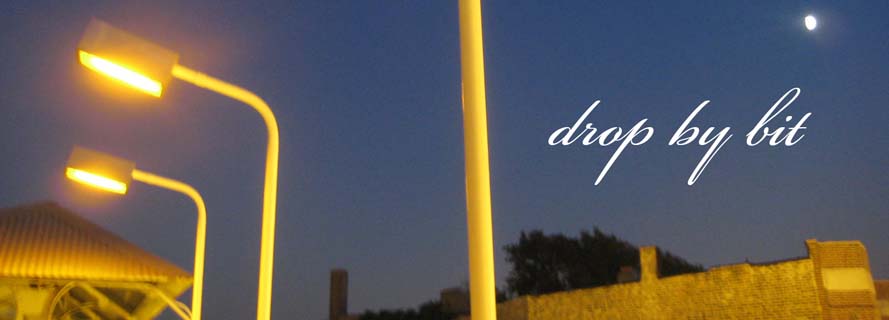CSA: Community Supported Agriculture
What is it? In Chicago I use freshpicks to deliver a full box of fresh fruits and veggies from various local farms to me, every other week. Its chock full of amazing goodies, and they usually add in one or two small surprises (one week it was wild mushrooms, another homemade spaghetti sauce!)
Why is it good? You are supporting local farmers, you will be eating in season good, because its local, you will be able to experiement with fruits and vegetables you wouldn't normally pick up at the supermarket, and be able to spout off a jillion ideas for a parsnip to your friends.
What does it cost? Well, through freshpicks, you can determine the portion of food: and its $25 or $40 dollars...or you can shop through their (reasonably priced) offerings and make your own box! Deliver is an extra $5, not bad!
Perks? You can specify no dairy, no carrots, or only food from Illinois. They work with you to get you exactly what you want.
Last week I went and visited one of their large suppliers of milk: Traders Point Creamery, and there will be more on the excursion soon!
Go to Local Harvest to find a CSA near you.










